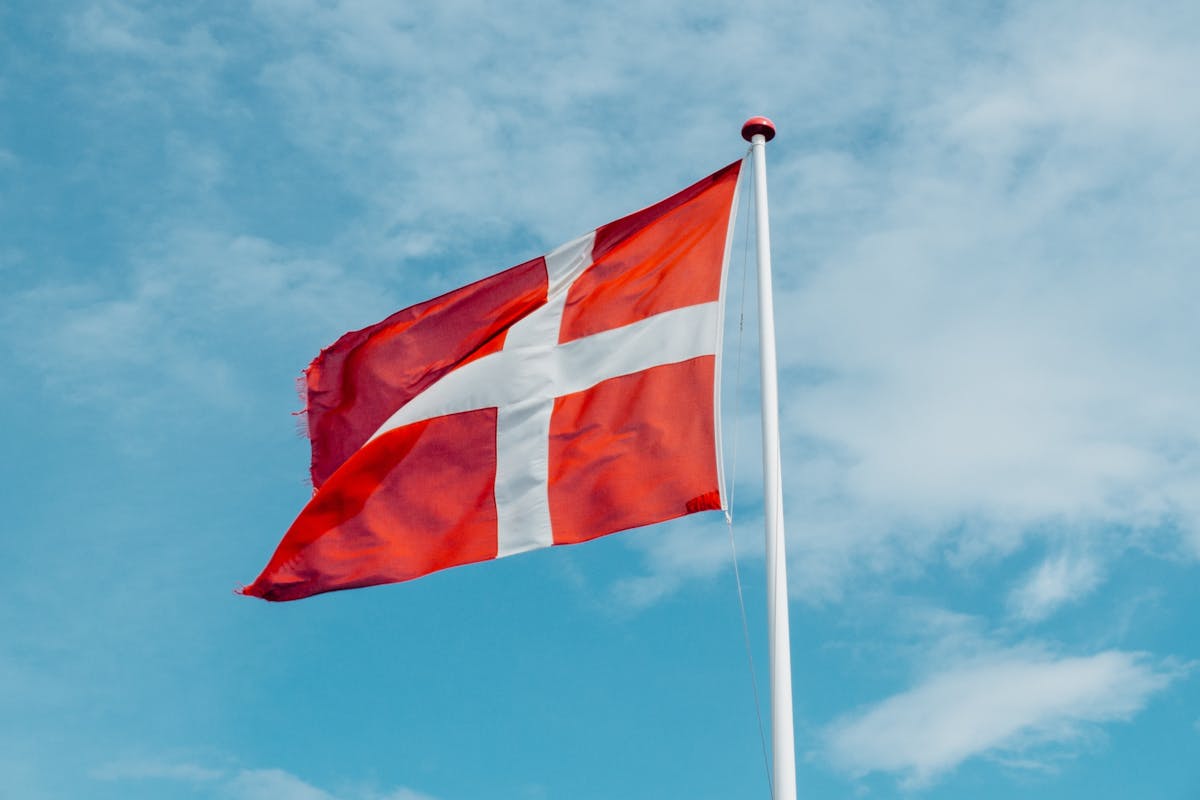The Danish government is set to unveil a landmark plan on Monday that will make it significantly easier for people from 16 non-EU countries to obtain a work permit in Denmark.
This initiative, reported by local media outlets on Friday, aims to address labour shortages and boost the nation’s foreign workforce by lowering key salary thresholds under the Pay Limit Scheme.
Key Changes to Denmark’s Work Permit System
Denmark’s new work permit policy lowers the salary threshold for 16 non-EU countries, expands eligible job sectors, and requires collective bargaining agreements for fair conditions. The changes simplify permit access and aim to fill labour shortages in lower-paying industries
1. Pay Limit Scheme Salary Threshold to Drop
At the heart of the new agreement is a major revision to Denmark’s Pay Limit Scheme, a popular route for non-EU nationals seeking employment in Denmark. Currently, applicants must have a job offer with a minimum annual salary of DKK 514,000 (approx. €69,000) to qualify.
The new plan reduces the minimum salary requirement to DKK 300,000 per year (approx. €40,000), opening the doors to a broader range of industries and job roles for many foreign professionals.
2. Which Countries Are Affected?
The new, lower salary threshold will apply exclusively to citizens of the following 16 non-EU countries:
Eligible Nations for the Revised Pay Limit Scheme:
- USA
- United Kingdom
- Singapore
- China
- Japan
- Australia
- Canada
- India
- Brazil
- Malaysia
- Montenegro
- Serbia
- North Macedonia
- Albania
- Ukraine
- Moldova
It is worth mentioning here that EU nationals already have the right to work in Denmark without a permit, so the government specifically designed this policy to attract talent from beyond the EU.
3. Changes to the Supplementary Pay Limit Scheme
In addition to the primary Pay Limit Scheme, Denmark also operates a Supplementary Pay Limit Scheme, designed for sectors facing labour shortages. This scheme currently sets the minimum salary at DKK 415,000 per year, but the new plan lowers it to DKK 300,000.
4. Worker Protections and Employer Requirements
To prevent social dumping, where employers exploit foreign workers with poor wages and conditions, companies using the scheme must sign a collective bargaining agreement with a relevant Danish trade union if they haven’t already.
Additionally, the revised scheme requires foreign nationals to carry identification at all times while working in Denmark.
Simplified Process for Foreign Workers
To qualify for a work permit under the revised Pay Limit Scheme, applicants must secure a job offer from a Danish company that meets the new minimum salary requirement. Upon arrival, permit holders will be required to carry an ID at all times.
Modest Projections, Bigger Expectations
The government estimates the changes could bring in 550 additional foreign workers. Although the increase is small compared to the over 400,000 foreigners already in Denmark’s workforce, industry leaders expect the actual number to grow significantly.
Employer groups see the reform as a positive step toward solving labour shortages and boosting competitiveness in the global talent market.
What This Means for Foreign Workers
If you’re a skilled worker from one of the eligible non-EU countries, this could be your chance to work and live in Denmark with fewer financial barriers. The updated scheme balances opportunity and fairness by offering a more accessible salary threshold and setting clearer obligations for employers.
Final Thoughts
Denmark is opening up to more global workers by aligning its immigration policy with labour market needs. This reform isn’t just about numbers; it’s a strategic shift to ensure long-term economic vitality and fair employment practices. If Denmark is on your radar as a work destination, this could be the perfect time to explore new opportunities.
Follow and connect with us on Facebook, Twitter, LinkedIn, Instagram and Google News for the latest travel news and updates!
